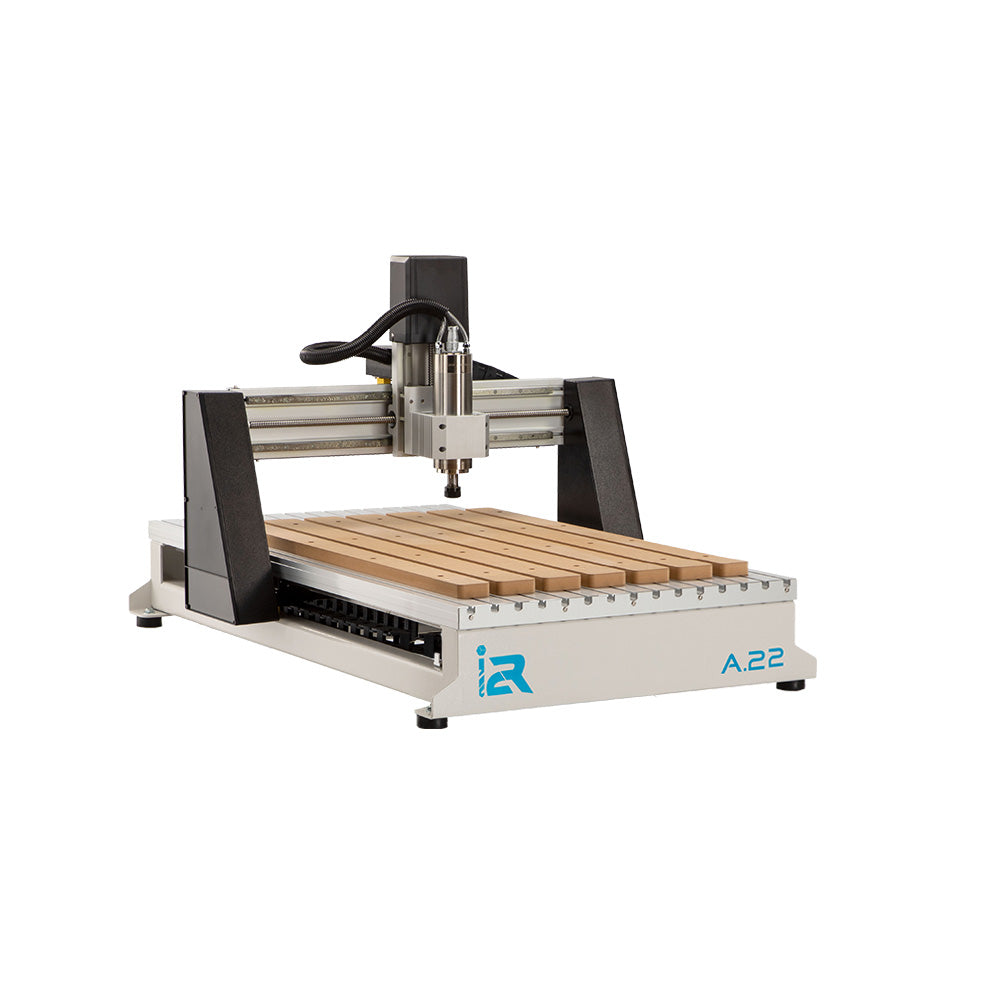CNC Machines Explained
Since its inception, CNC (Computer Numerical Control) technology expedited the production of complex shapes and components. This technology greatly improved the speed and accuracy in cutting our materials and lowered the need for mundane and repetitive tasks. This meant the operator could focus more on other productive tasks. Here are some of the most commonly asked questions concerning a CNC router.
If you ever considered purchasing a CNC machine, then you’ve also thought to yourself about how a CNC can benefit your shop on a daily basis. Once you balance the pros and cons, you’ll quickly find that the efficient increase in accurate cutting and improvement in production greatly outweigh any con that you can think of. The biggest con or barrier to entry would be the initial start-up cost in owning a CNC and also the time in training for how to run the machine. A CNC machine is worth it, metal workers and carpenters who use CNC machines enjoy reduced waste in material, more production in less time and lower labor costs. In the long-run, they end up saving more and gain in their returns on their initial investment from a CNC machine.
No, you do not need to know any coding. The lines of code are all automatically generated by software like VCarve. This software can quickly convert an image into coding for the CNC to understand all with a click of the mouse.
There are some common G codes that are useful to know when running your machine but they are simple and easy to pickup.
All codes used on CNC machines are classified into either G or M codes, depending on the operation they carry out.
G codes in CNC programming stand for geometric codes. They are a set of instructions that tell the machine what operations to follow such as movement about the axes of the machine. On the other hand, M codes are used to run programs like the ATC system, the spindle and the coolant on or off.
CNC machines are used for different purposes within different industries. The most common of CNC machines for woodworking are known as CNC routers. Although, routers are used interchangeably with spindles, they are very different. Spindles are much quieter and provide for more consistent cuts. Electro spindles like the ones on the i2R CNC are brushless and controlled by variable feed drives. The most common type of cuts made with a spindle include 2D and 3D cutting for prototypes, moldings and complex shapes. Milling for drilling.
Other type of cuts also include 4th axis rotary for lathing operations. This allows for the automated creation and carving of cylindrical shapes. Another application that is possible on CNC machines are with laser cutting.
Lasers are great for engraving highly detailed designs and used for cutting out thin material and intricate lines where a bit for the CNC would be too big. Lasers offer a shop great versatility when finishing customized projects.
As you can see there are many great benefits to a CNC in what they can offer your business or hobby. They are a great tool and can help elevate your production capability.


